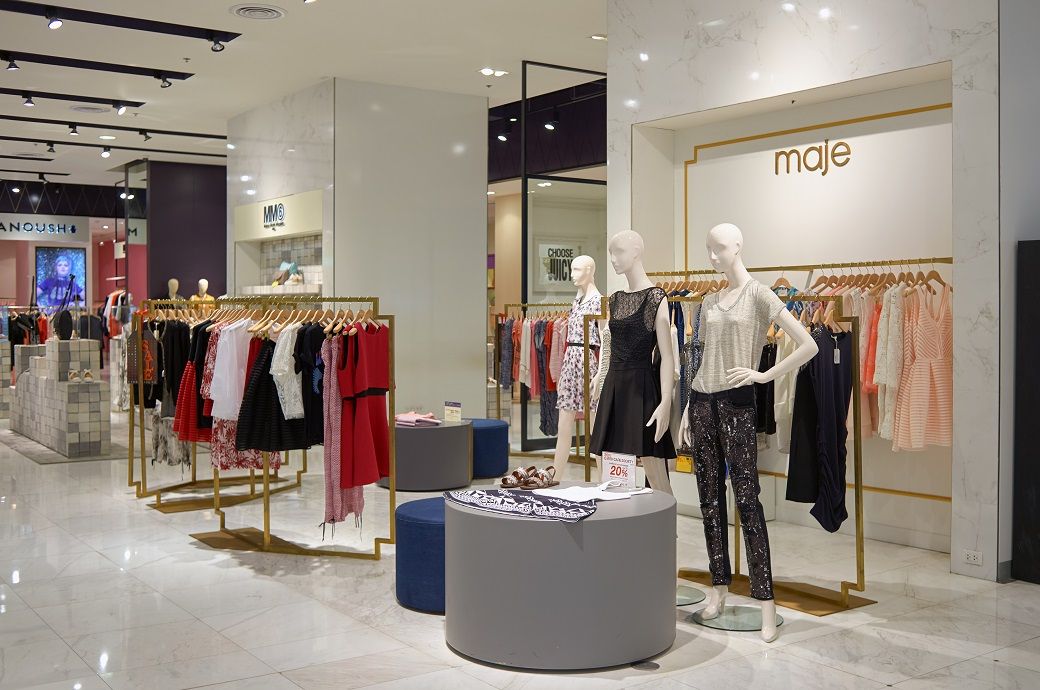

Although new orders across the private sector continued to contract in February, the rate of decline eased to the slowest since last October as companies noted only a marginal fall in new business. Customer hesitancy, destocking, and the impact of higher interest rates and inflation on spending were attributed to driving the fall, market intelligence service provider S&P Global said in a report.
New export orders also decreased further on the month, albeit at the joint-softest rate since May 2022. Weak global demand conditions were often cited as a key factor behind the downturn in foreign client demand. Cost pressures softened in February, following an acceleration in January.
Despite reports of raw material and component price pressures easing, hikes in wages reportedly drove costs higher and kept inflation at an historically elevated rate. February data signalled a sharper rise in output charges across the private sector. The pace of increase in selling prices was the quickest since last October and steep overall. Firms reportedly passed through hikes in costs to their clients. A faster rise in output prices was seen at both manufacturing and service sector firms.
The further contraction in new business meant output growth was only achieved via a further fall in backlogs of work in February, though the rate of decline moderated to the slowest in the past five months. Private sector businesses were more confident in their outlook for output over the coming 12 months in February. The degree of optimism rose to the highest since last May. Positive sentiment was often attributed to new product development and successful marketing initiatives, which in turn are expected to boost new sales.
“February is seeing a welcome steadying of business activity after seven months of decline. Despite headwinds from higher interest rates and the cost-of-living squeeze, the business mood has brightened amid signs that inflation has peaked, and recession risks have faded. At the same time, supply constraints have alleviated to the extent that delivery times for inputs into factories are improving at a rate not seen since 2009,” commented Chris Williamson, chief business economist at S&P Global Market Intelligence.
Fibre2Fashion News Desk (NB)